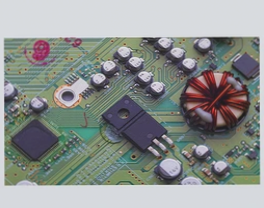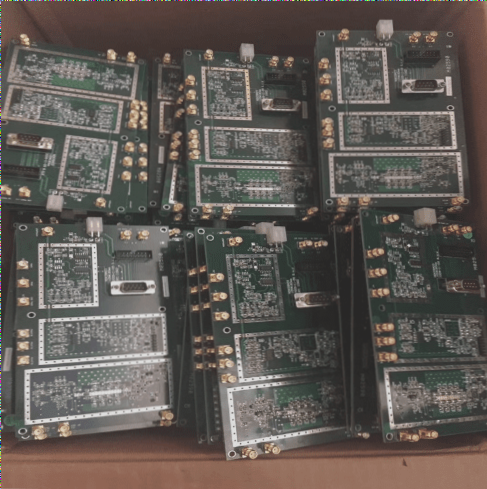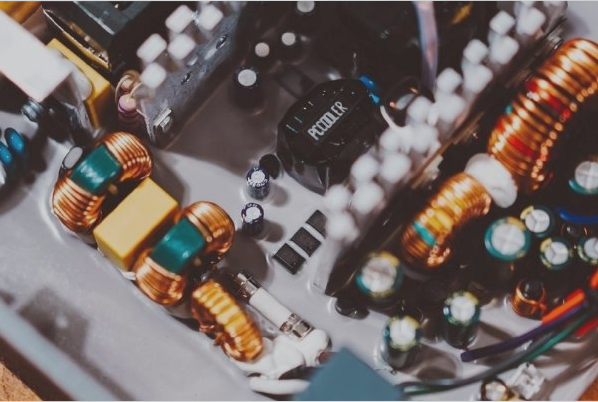ENIG vs. Hard Gold Plating: A Comparison
1. Process Principle
- ENIG: Deposits nickel and gold chemically, providing a barrier against copper diffusion and enhancing solderability.
- Hard Gold Plating: Utilizes electroplating to attach a thick and hard layer of gold directly to the copper surface.
2. Process Sequence
- ENIG: Applied after solder mask, depositing gold through a chemical process.
- Hard Gold Plating: Must be done before solder mask application, requiring conductivity for electroplating.
3. Soldering Performance
- ENIG: Offers high solder joint reliability and better solderability, suitable for most electronic components.
- Hard Gold Plating: Slightly inferior soldering performance, not ideal for high solderability applications.
4. Wear Resistance
- ENIG: Low wear resistance due to thin and soft gold layer.
- Hard Gold Plating: High wear resistance with a thick and hard gold layer, suitable for frequent mechanical contact.
5. Oxidation Resistance
- ENIG: Provides moderate oxidation resistance.
- Hard Gold Plating: Excellent oxidation and corrosion resistance, ideal for harsh environments.
6. Color
- ENIG: Golden surface with a yellow hue.
- Hard Gold Plating: White surface resembling nickel due to its different crystal structure.
7. Cost
- ENIG: Lower cost due to a thinner gold layer, suitable for standard PCBs.
- Hard Gold Plating: Higher cost with a thicker layer, used in high-end and wear-resistant applications.
For more information on PCB fabrication and surface finishes, visit Well Circuits.




